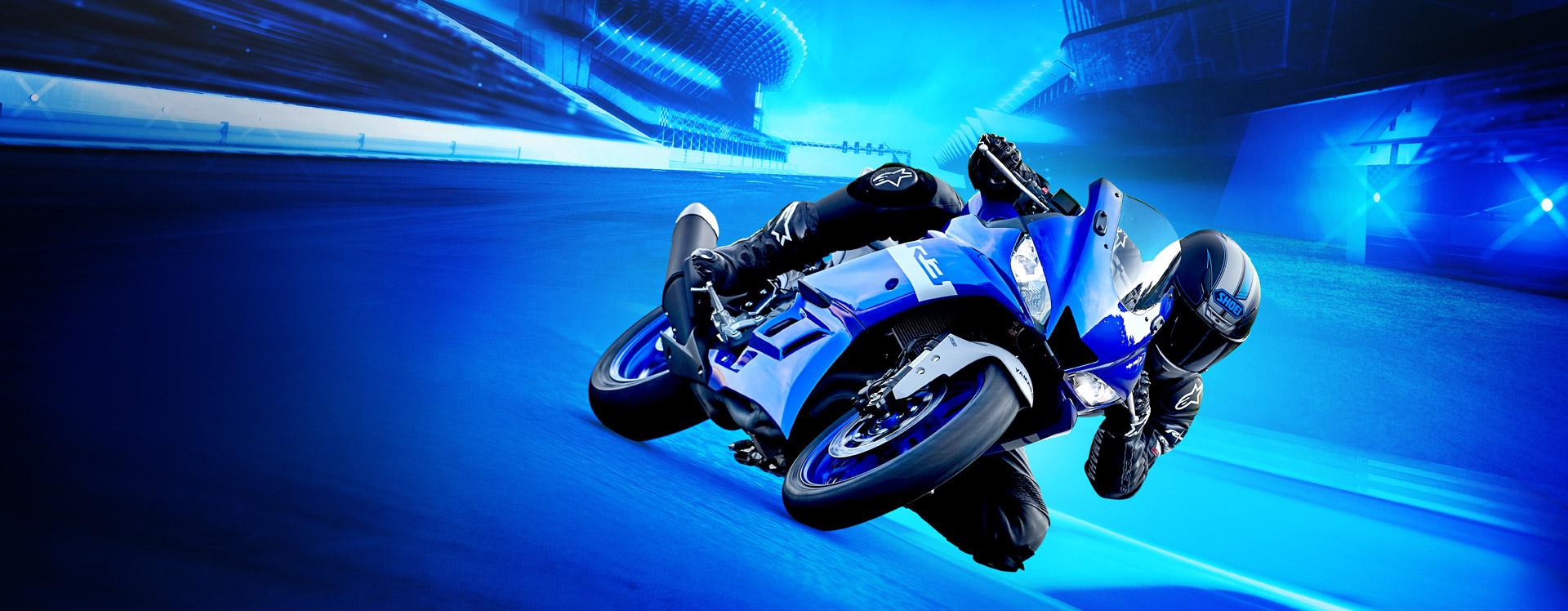By Penny Quyen
All sports motorcycles are classified in the street category. The design meets the high demands for performance, which corresponds to the way the features optimization takes place, usually at the expense of the rider’s comfort. The forefather of these modern vehicles was produced by Vincent Motorcycles, a company that produced bikes that reached astounding speeds back in the 50s. The first real sport bike was produced by Honda in 1969. And sports motorcycle have been acclaimed ever since as the most sophisticated bikes of all.
The first sports motorcycles produced by Honda had an in-line 4-cylinder engine, and front disk brakes, opening the door for new bike technologies. Then followed Kawasaki Z1 that fired competition among Japanese motorcycle manufacturers. At the international level, the Japanese ‘bike war’ put a stop to the expansion of the British motorcycling industry, and changed the market dominance. Japanese sports motorcycles thus became known as the best in the world, and they still maintain this reputation.
With sports motorcycles, the rider is interested in bike maneuverability, speed, acceleration, braking and cylinder capacity. The design matters too, but the highest emphasis falls on the high performance of the engines the quality of the breaking systems and the suspensions that provide durability and stability. As compared to other bike categories, these vehicles have larger tires necessary for large cornering speeds and greater lean angles. Moreover, wind protections and external panels are meant to reduce the aerodynamic drag.
Normally, sports motorcycles are used for racing, and they are less practical for street use as compared to other bikes. They have no large windshields, center stands or saddle bags. Aerodynamics and weight distribution are a lot more important here than the rider’s position or ergonomics. The foot pegs are a lot higher on these modern vehicles because the legs closer to the body keep the body weight over the tank.
Some sports motorcycles have a small cylinder capacity while others are really large. It suffices to say that there are small engine sizes ranging between 125 cc and 400 cc and very large bikes with 1200 cc or 1300 cc capacity. The smaller the bike, the easier it is to maneuver it; consequently, when choosing a bike, the rider needs to estimate well his/her capacity to handle the motorcycle. Beginners will almost never be able to control a 1200 cc bike, and it would be a waste of money to venture for such daring investments.
